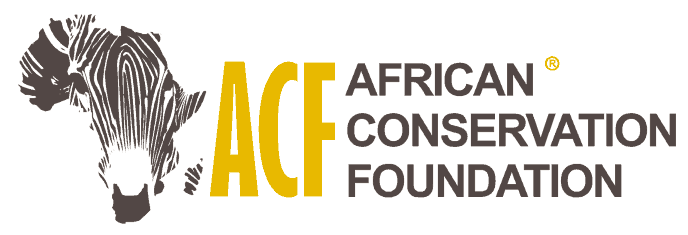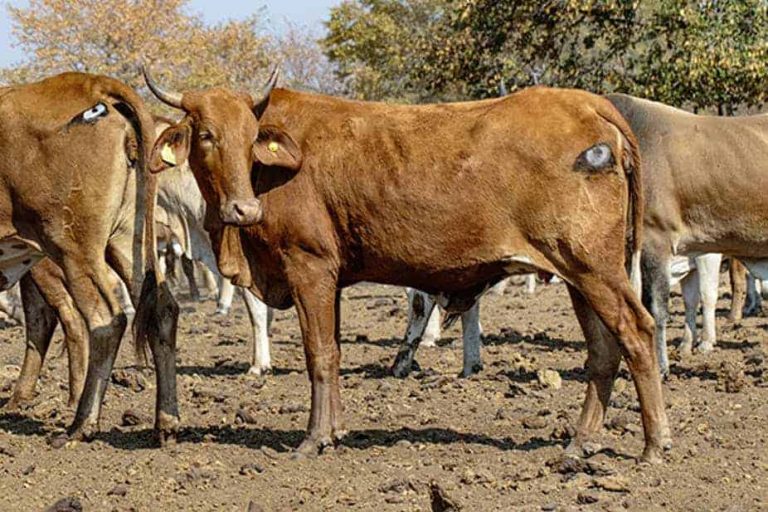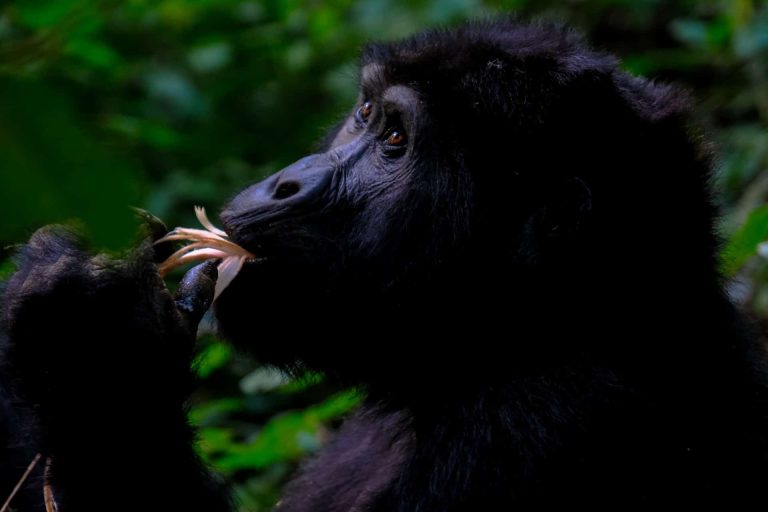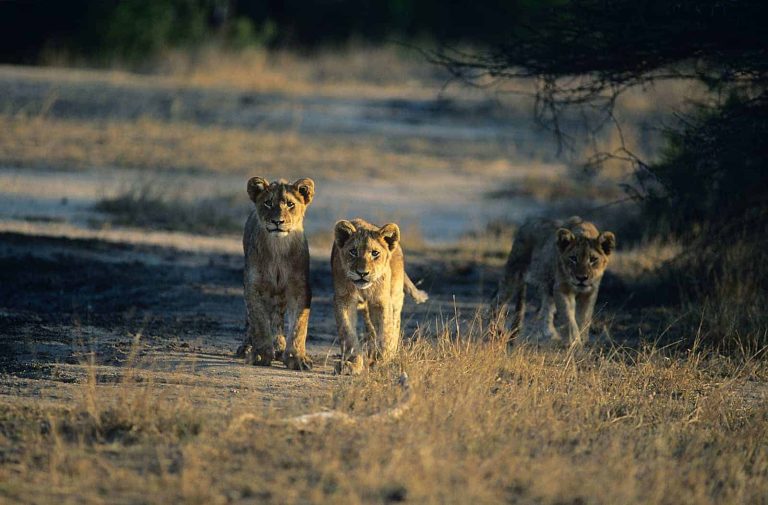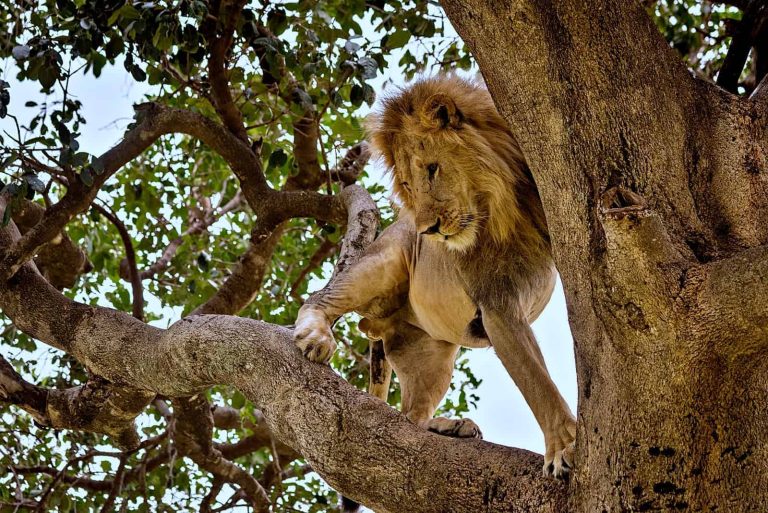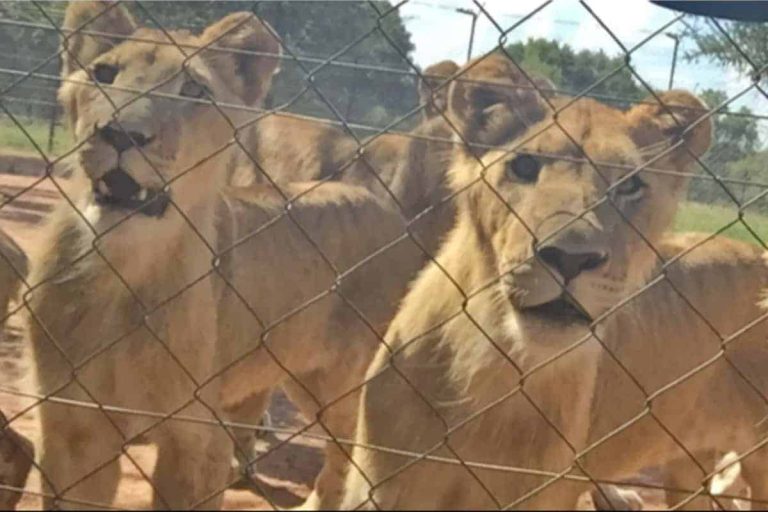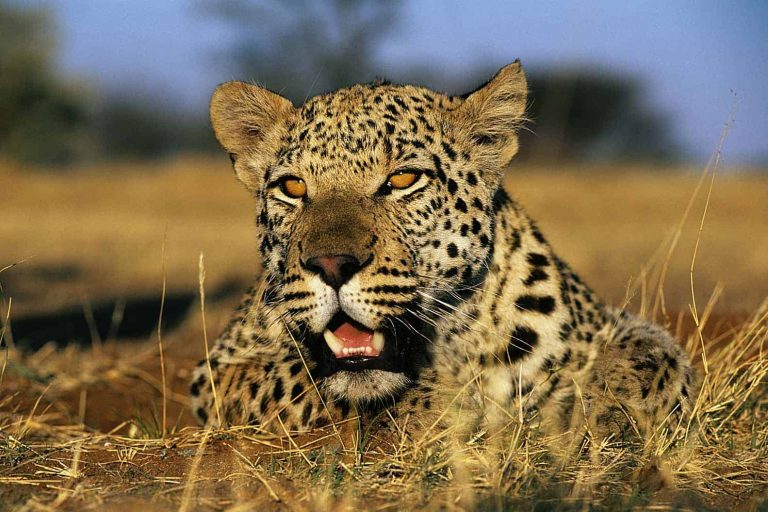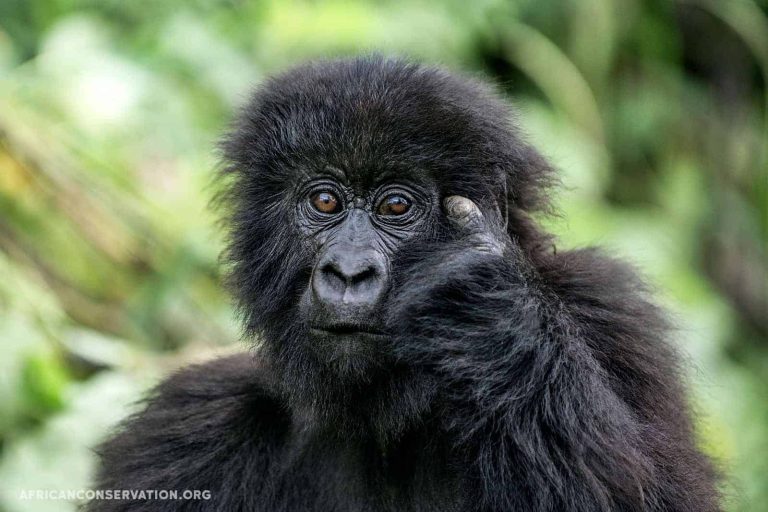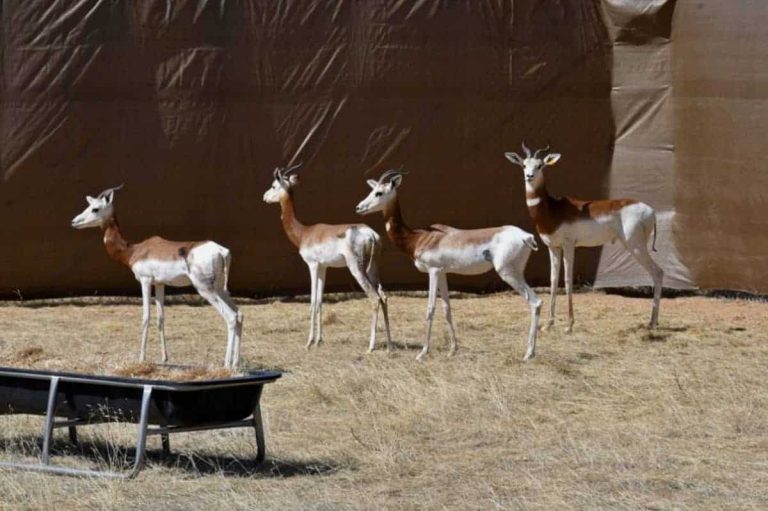Lions are less likely to attack cattle with eyes painted on their backsides
The predation of livestock by carnivores, and the retaliatory killing of carnivores as a result, is a major global conservation challenge. Such human-wildlife conflicts are a key driver of large carnivore declines and the costs of coexistence are often disproportionately borne by rural communities in the global south. While current approaches tend to focus on…
